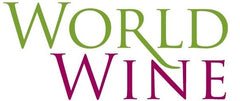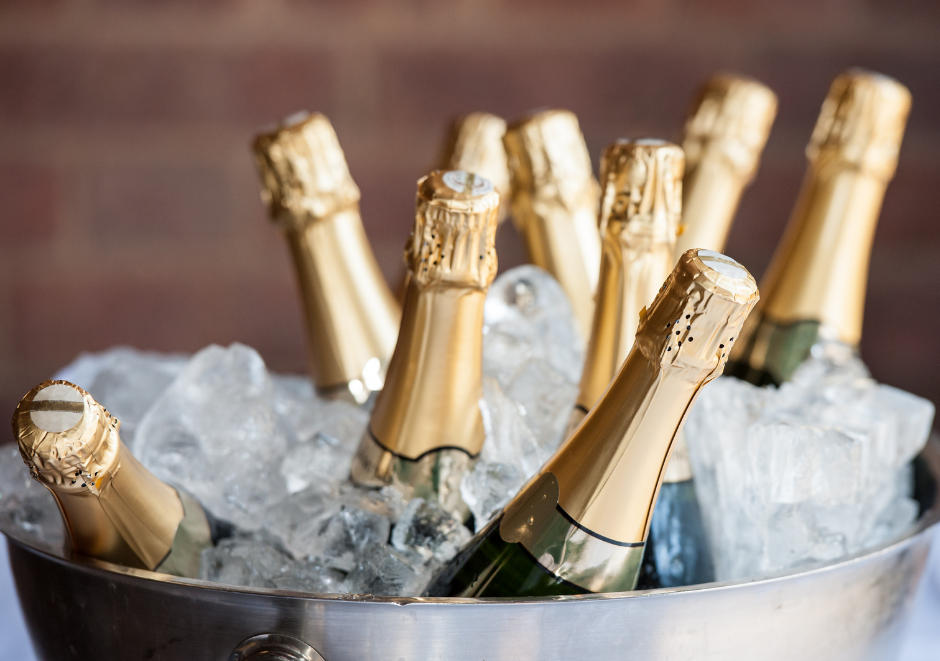Welcome to the effervescent world of bubbly! In this blog, we'll uncork the mysteries between sparkling wine and Champagne. Understanding these distinctions not only enhances your wine knowledge but also elevates your tasting experience. Let’s pop into the fascinating details that set these two apart.
Let’s Take A Look At The Difference Between Sparkling Wine & Champagne
Discover the nuances and unique characteristics that define sparkling wine and Champagne.
Sparkling Wine
What Is Sparkling Wine?
Sparkling wine, known for its signature bubbles, is a type of wine that undergoes a secondary fermentation process, which infuses it with carbon dioxide. This results in the effervescence that sparkling wine is famous for. It can be produced worldwide, using a variety of grapes and production methods, leading to a diverse range of flavours and styles.
The Origins Of Sparkling Wine
The history of sparkling wine is as rich as its taste. While its exact origins are unclear, it's believed to have been accidentally discovered when wine underwent a secondary fermentation. Over centuries, regions worldwide, like Italy with its Prosecco, have developed their own sparkling wine traditions, contributing to the global tapestry of this beloved beverage.
How Is Sparkling Wine Made?
Sparkling wine can be made through various methods. The most common include the Traditional Method, used in Champagne production, and the Tank Method, popular for Prosecco. Each method influences the final flavour and bubble size of the wine, offering a wide spectrum of experiences for sparkling wine enthusiasts.
Champagne
What Is Champagne?
Champagne is not just any sparkling wine; it's a prestigious variety originating from the Champagne region in France. Its unique taste and quality are attributed to the region's terroir and the strict production methods mandated by the Appellation d'Origine Contrôlée (AOC) regulations.
Why Is It Called Champagne?
The name 'Champagne' is derived from the region in France where it is exclusively produced. The name is protected, meaning that only sparkling wine made in this specific region, adhering to strict production standards, can bear the name 'Champagne.'
The Origins Of Champagne
Champagne's history is deeply rooted in its French heritage, dating back to the 17th century. It was here in the vineyards of northeastern France that the art of Champagne production was refined. The region's unique climate and soil play a pivotal role in the distinct character of Champagne.
What Is Champagne Made From?
Champagne is typically made from a blend of three grapes: Chardonnay, Pinot Noir, and Pinot Meunier. The Traditional Method of production involves a secondary fermentation in the bottle and extensive aging, which contributes to Champagne's complexity, depth, and characteristic bubbles.
Sparkling Wine Vs. Champagne
In summary, while all Champagnes are sparkling wines, not all sparkling wines are Champagne. The distinction lies in the region of origin, grape varieties, and production methods. To explore the exquisite variety of both Champagne and sparkling wines, visit "champagne and sparkling wines". Indulge in the elegance of Champagne or the diverse flavours of sparkling wines from around the world. Cheers to your next sparkling discovery!

